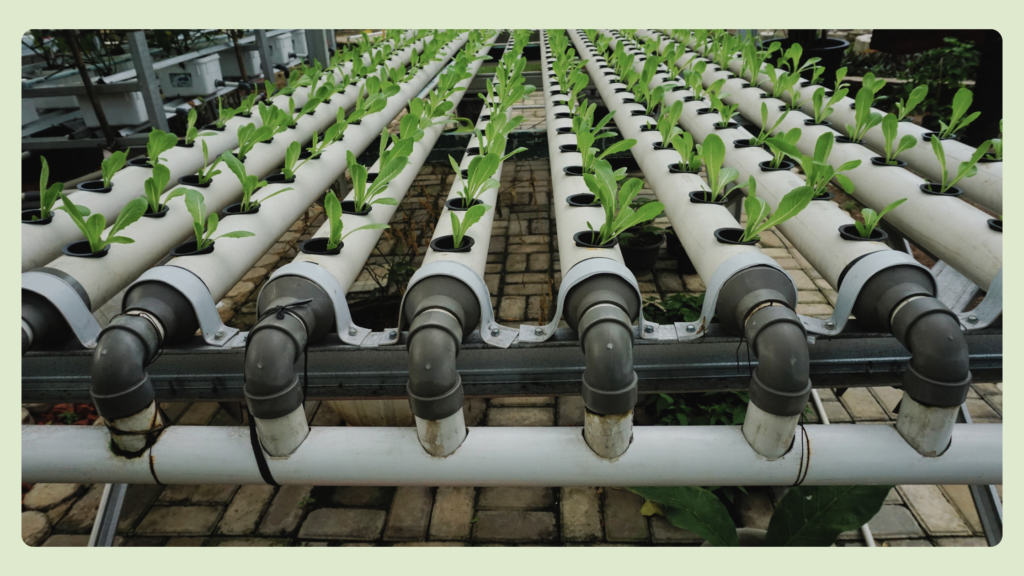Did you know that Karnataka is the largest coffee-producing state in India with over 71% of the total coffee plantations in the country?
The southern states of India have the ideal climatic and soil conditions for coffee cultivation. Does that mean that you do not need to use fertilizer for coffee plants here?
No, coffee plants still need all those essential nutrients for their optimal growth. They need macro and micronutrients in the right amount. Here is all the information that you need to find the best fertilizer for coffee plants!
Essential Nutrients For Coffee Plants
In a coffee plantation, nutrients of two types are used- primary and secondary nutrients. The primary nutrients are required in huge quantities while the secondary nutrients are required in smaller quantities.
Nitrogen, potassium, and phosphorus are the primary nutrients while calcium, sulfur, iron, copper, manganese, boron, zinc, etc form the secondary nutrients which are required in minute quantities.
- Nitrogen is essential for good blossoms, proper plant growth, the size of beans, better tolerance, and higher yield.
- Phosphorus is necessary for early growth and root formation. They are essential in seed propagation and vegetative propagation. Foliar application of this nutrient increases coffee bean production in the later stages.
- Potassium plays its part in improving disease tolerance and endurance of coffee trees. The plants will be able to withstand water and stress with the high availability of this nutrient.
- Calcium availability improves growth, productivity, plant strength, and the number of berries.
- Sulfur: Though it is a secondary nutrient, it is required in equal quantities of phosphorus for coffee seeds. It is needed at 15-25 kg per hectare. For both types of coffee, potassium sulfate is the common nutrient for fulfilling the requirement of these.
- Boron plays its role in shoot and root growth as well as in the flowering process. It enables smooth excretion of metabolites and other waste materials. Boron is also needed for the proper node growth of the coffee plants.
- Zinc is needed for the elongation of leaves and flowering. Both boron and zinc are usually provided in the immediate months before flowering.
How To Use Fertilizer For Coffee Plants?
Fertilizers are available in different types such as liquid fertilizers and compound fertilizers that have a mixed variety of nutrients in them. The former are usually weaker and must be used frequently. The compound fertilizers may be used annually or 2-3 times a year.
To determine which type of fertilizer to use and how much they are needed, a proper soil assessment is required. Excess supply of fertilizer will not help with the types of coffee. Nutrients must be added as and when they are needed. You can give the nutrients three times a year – just before blooming, before monsoon, and after the monsoon season.
The compost or other organic manure can be added to the soil in a ratio of 5 tonnes per hectare. You can do it once or twice a year, before transplantation. In general, the best time for fertilizers is before flowering, fruit formation, and fruit maturation.
Integrated Nutrient Management For Coffee
Integrated Nutrient Management or INM for coffee is a process that combines the sustainable use of natural fertilizers and minimal use of chemical fertilizers.
This proposal aims to help reduce the environmental impact and promote crop yield as well. This is one of the successful projects to be followed on a coffee plantation.
INM incorporates on-farm waste materials to produce compost and uses them to improve soil quality. This in turn will reduce water contamination and get purer water for the needs of the plants and their surroundings.
Using mulch reduces the overall impact of heavy rainfall on coffee plants. They later decompose to produce nutrients as well. This is something that some of the largest producers of coffee have successfully followed. At the same time, this needs more research and studies to be used widely.
Conclusion
Karnataka produces some of the best coffee in its hilly areas where the soil is rich in nutrient content and can have better drainage. Since many of these regions are at the receiving end of some of the worst monsoon hits, it is important to keep track of the soil profile or have proper nutrition for the plants.
Quality is of utmost importance that determines the coffee price and so does the yield meeting the demand. We may need better coffee plants that can survive stressful weather conditions to keep up with the demand.




